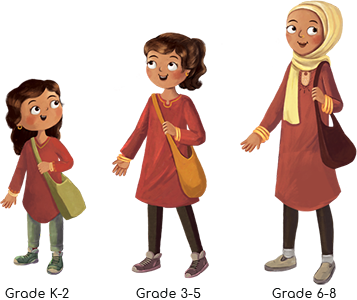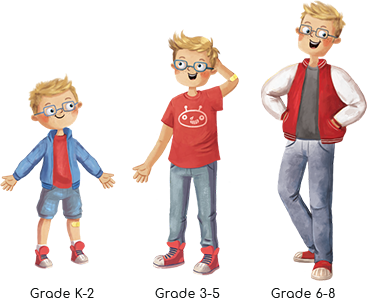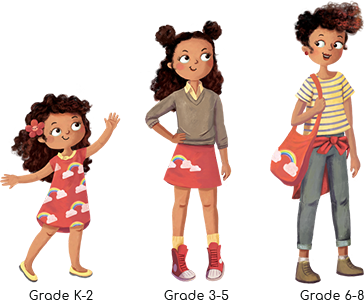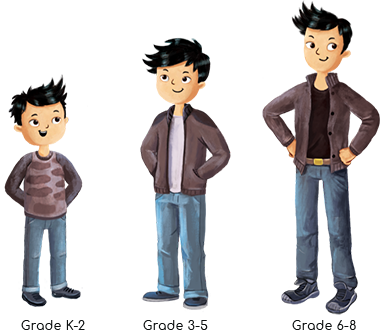

Representation in literature and media can serve as a powerful lens through which students come to make sense of and understand the world. The way that characters are represented through language and in images—their appearance, family and environment as well as their hopes and their abilities—conveys meaningful messages to the viewer about themselves, other people, and the society they live in.
Representation is an “essential part of the process by which meaning is produced and exchanged between members of a culture” (Hall, 1997); the extent to which students are represented in books, movies, the news, and even school instructional materials has the potential to profoundly shape their worldview.
A positive representation of a student’s identity creates positive associations of who they are. It can spark their imagination and give them confidence to strive for their goals. Conversely, a negative representation creates negative associations, which can undermine a student’s sense of self and proliferate harmful stereotypes (Baldwin, 2014). In short, representation matters.
Fly Five is designed with the awareness that students’ diversity is not always sufficiently represented, both among the educators who teach them and the education products, resources, and materials they engage with. Without accurate representation, a curriculum is not designed to adequately create teaching conditions and practices that embrace the diversity of experience and perspective of students.
Central to Fly Five is a cast of nine characters who, along with their families, represent a wide range of differences in race, ethnicity, nationality, gender, diverse family structures, socioeconomic status, age, physical and/or mental capabilities, and religious beliefs. While no one curriculum could capture the vast diversities that exist among the students in schools everywhere, Fly Five was specifically and intentionally designed to address the gaps in adequate representation.
The Center City Kids grow up within the curriculum, so students meet a developmentally-appropriate version of them in each grade span. As the students learn from the characters’ successes and challenges, they will see their own experiences reflected in the curriculum materials. This ensures that students connect personally with the characters, allowing for more growth, learning, and engagement. Read on to learn all about the students who live in Center City!
Anisa spends lots of time journaling, writing, and expanding her photography portfolio. Anisa can find inspiration anywhere, but spending time at her local museum to examine other local artists’ work is particularly inspiring to her.

Blake enjoys team sports, like baseball, and can be found gathering a group together to hang out at the skatepark. Blake thrives when he can entertain his friends and make everyone in the room laugh.

Doba is a musician, and she can spend hours writing original songs. She finds musical inspiration not only in nature but also in art and music of the musicians she admires.

Gabriel is a deep thinker who uses art to express himself and understand the world around him. He connects with graphic novels and spends his free time working on his own graphic novel series.

Imani loves performances of any kind: dancing, singing, acting, or all three at once! When she is not in rehearsals or performing, Imani likes trying adventurous sports like rock climbing or zip-lining.

Jade finds adventure in reading comic books and fantasy novels. Jade loves all animals and spending quiet days with her little brother, Hunter, and her cat, Marigold.

Kofi is focused and he loves soccer, math and science. Kofi enjoys a challenge, and he spends as much time as he needs to persevere through problems.

Luna is a natural leader and loves gymnastics. She enjoys spending time with her teammates and thrives when she has to lead the team into a competition.

Shen values his family and community and loves to spend time helping others. He is interested in fashion and creatively finds ways to weave diverse trends into his wardrobe.

